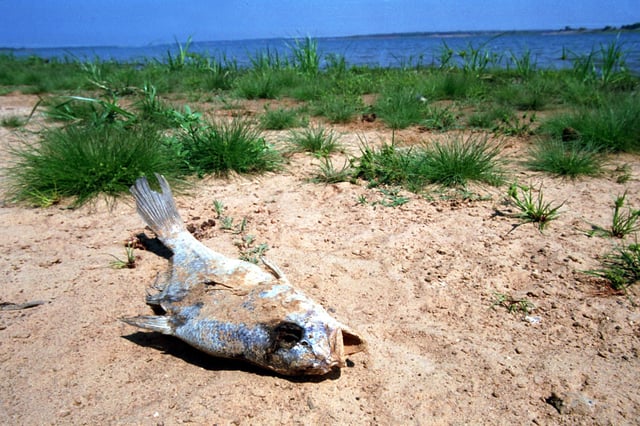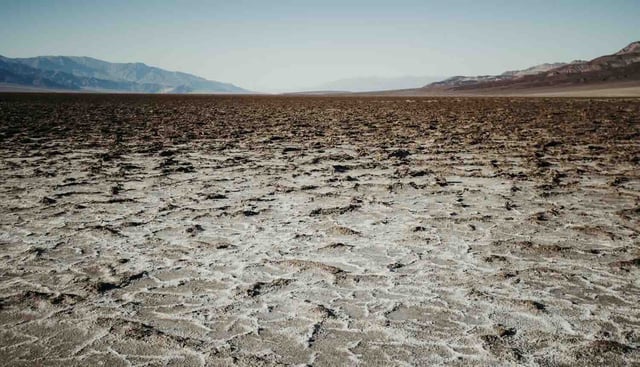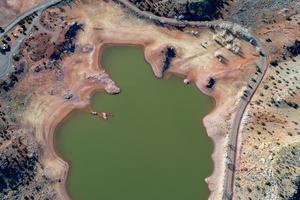Overview
- University of Texas at Austin researchers combined paleoclimate reconstructions and future climate projections to conclude the current megadrought in the Southwest is the worst in 1,200 years and could last through at least 2100.
- The study finds Northern Hemisphere warming has forced the Pacific Decadal Oscillation out of its natural 20–30 year cycle and locked it into a prolonged drought phase.
- Analysis of Rocky Mountain sediment cores reveals a Holocene drought 6,000–9,000 years ago under similar warming that endured for millennia.
- Researchers warn prevailing climate models understate declines in winter precipitation, suggesting they likely underestimate the severity of future drought.
- Ongoing reductions in winter snowpack imperil Colorado River flows and water security for nearly 40 million people, prompting calls for urgent adaptation planning.


